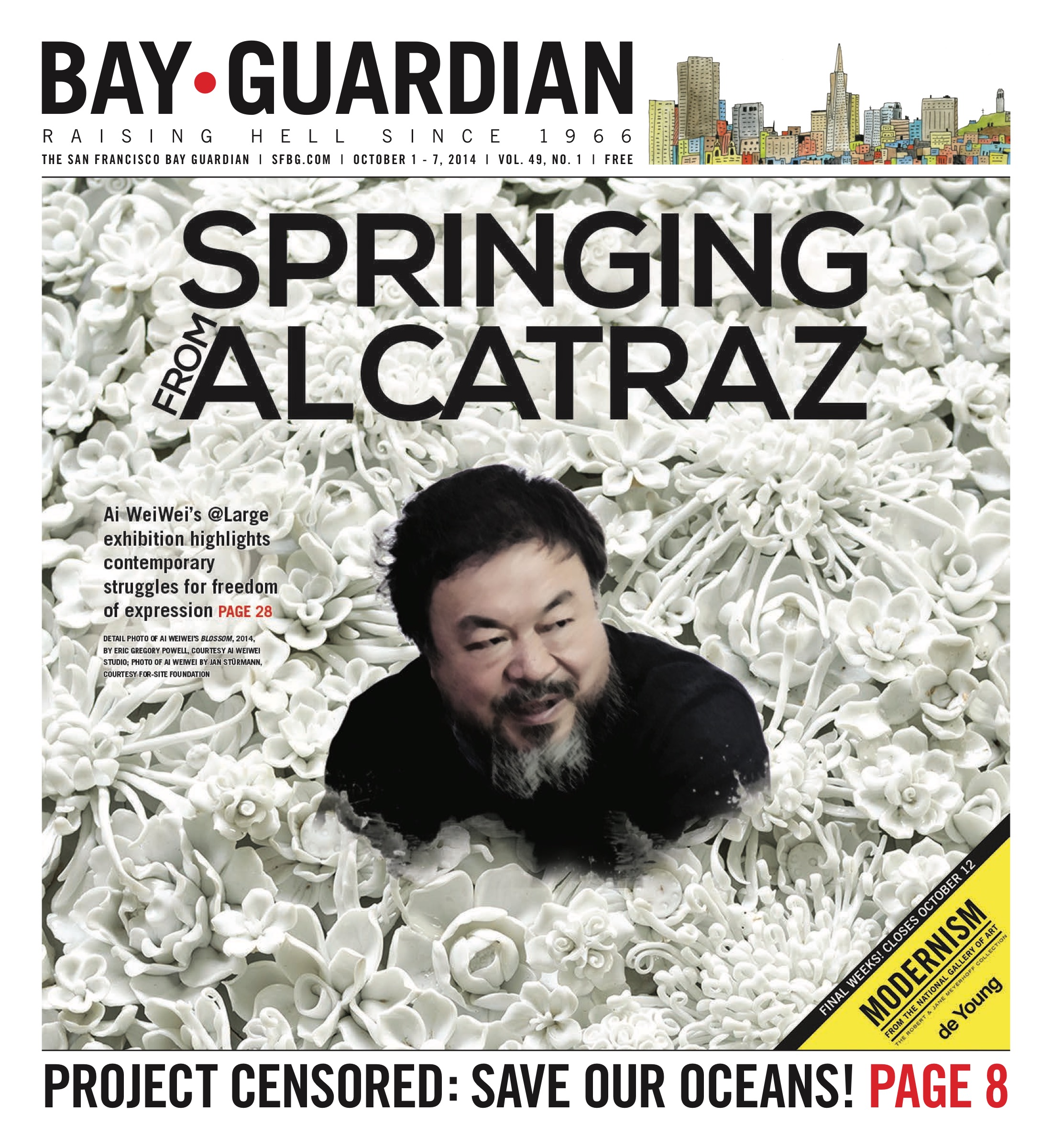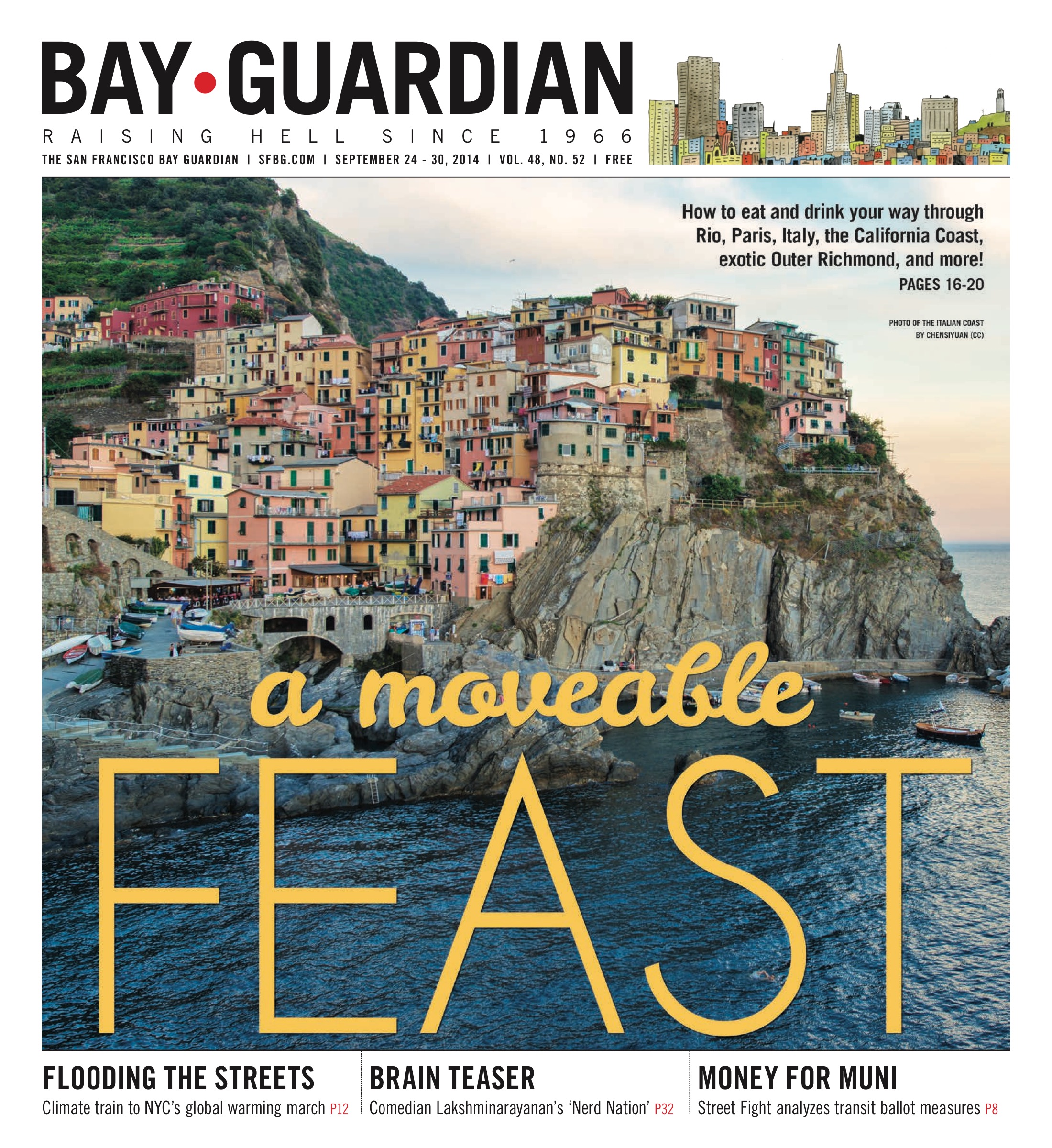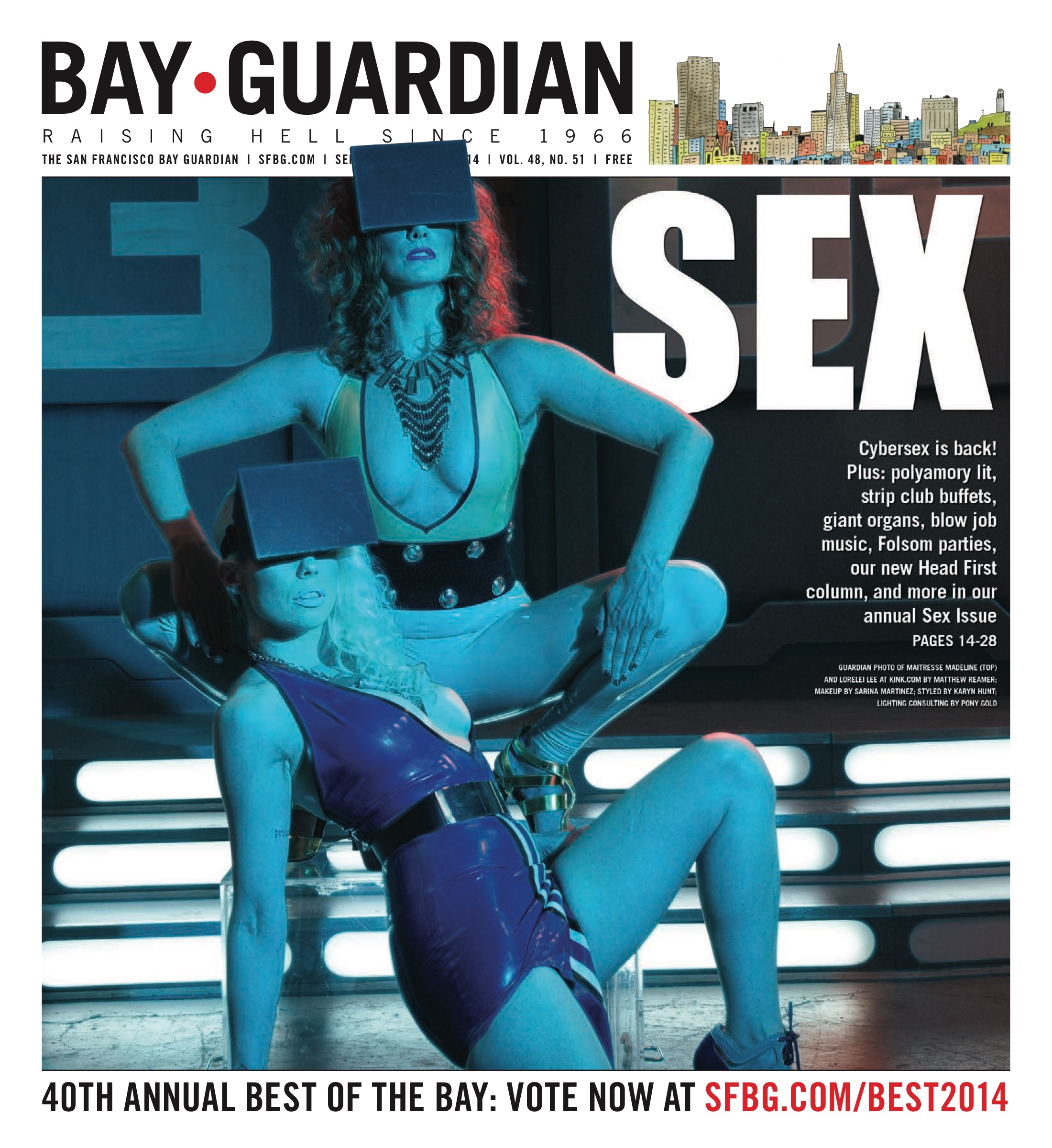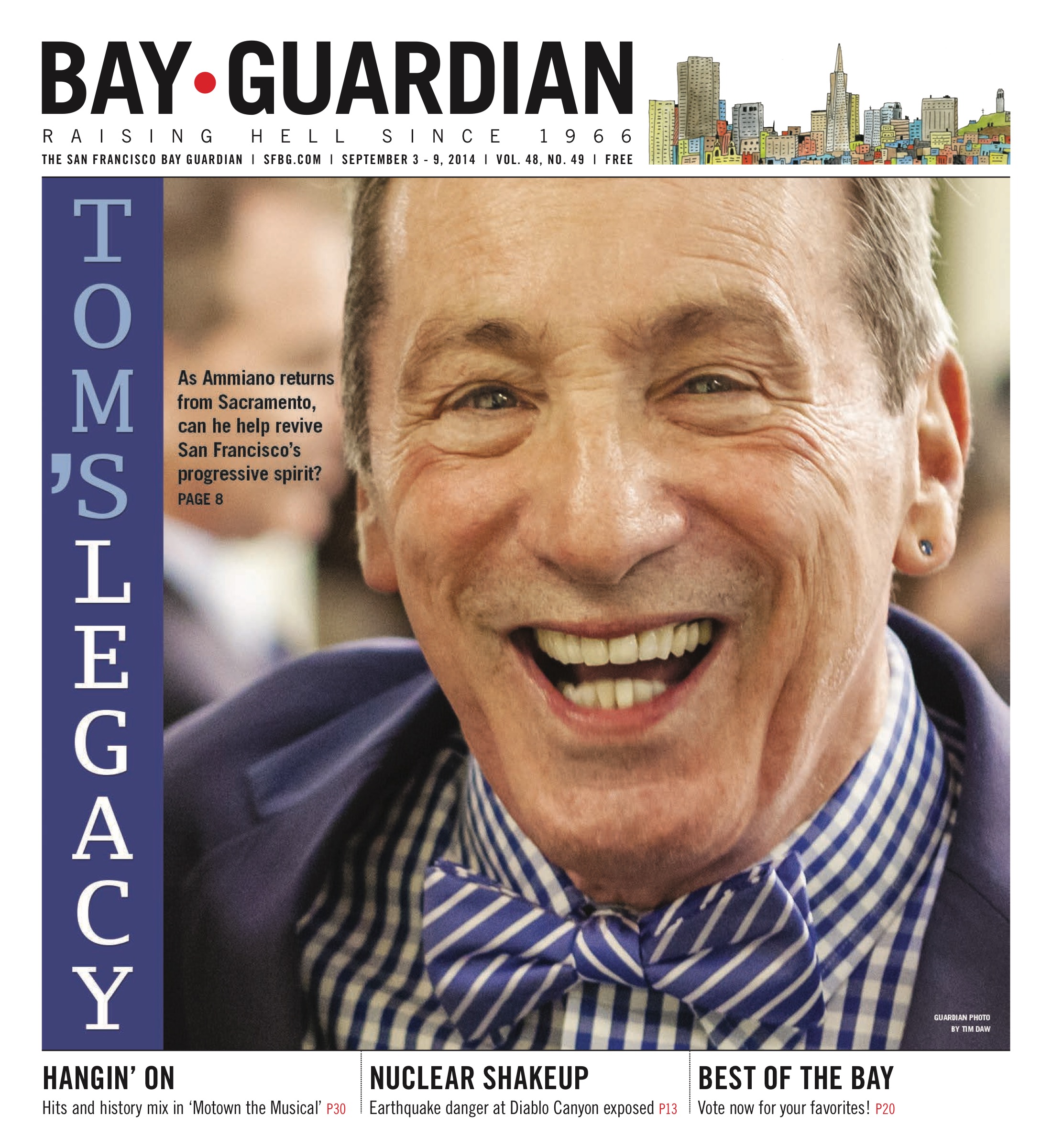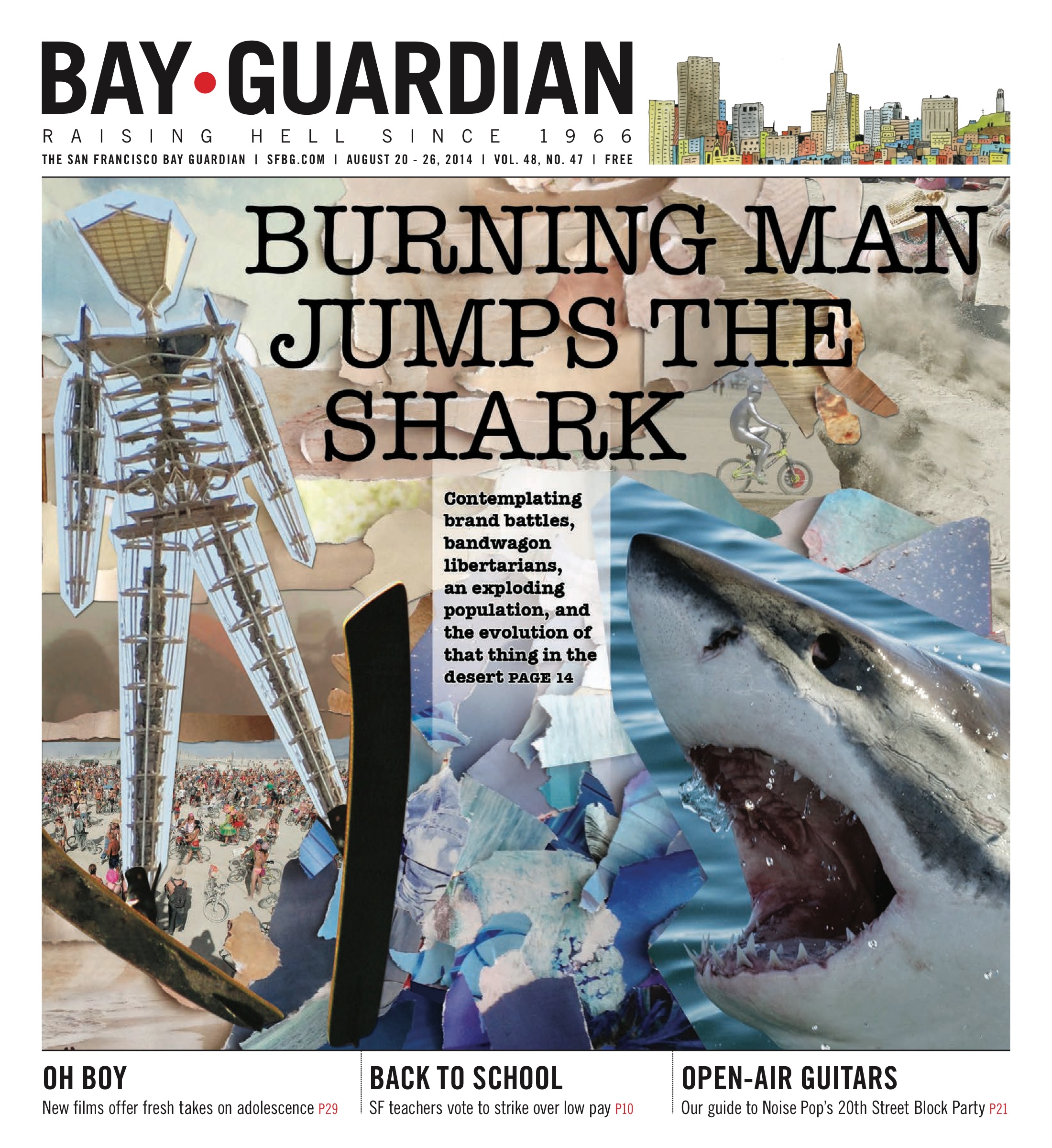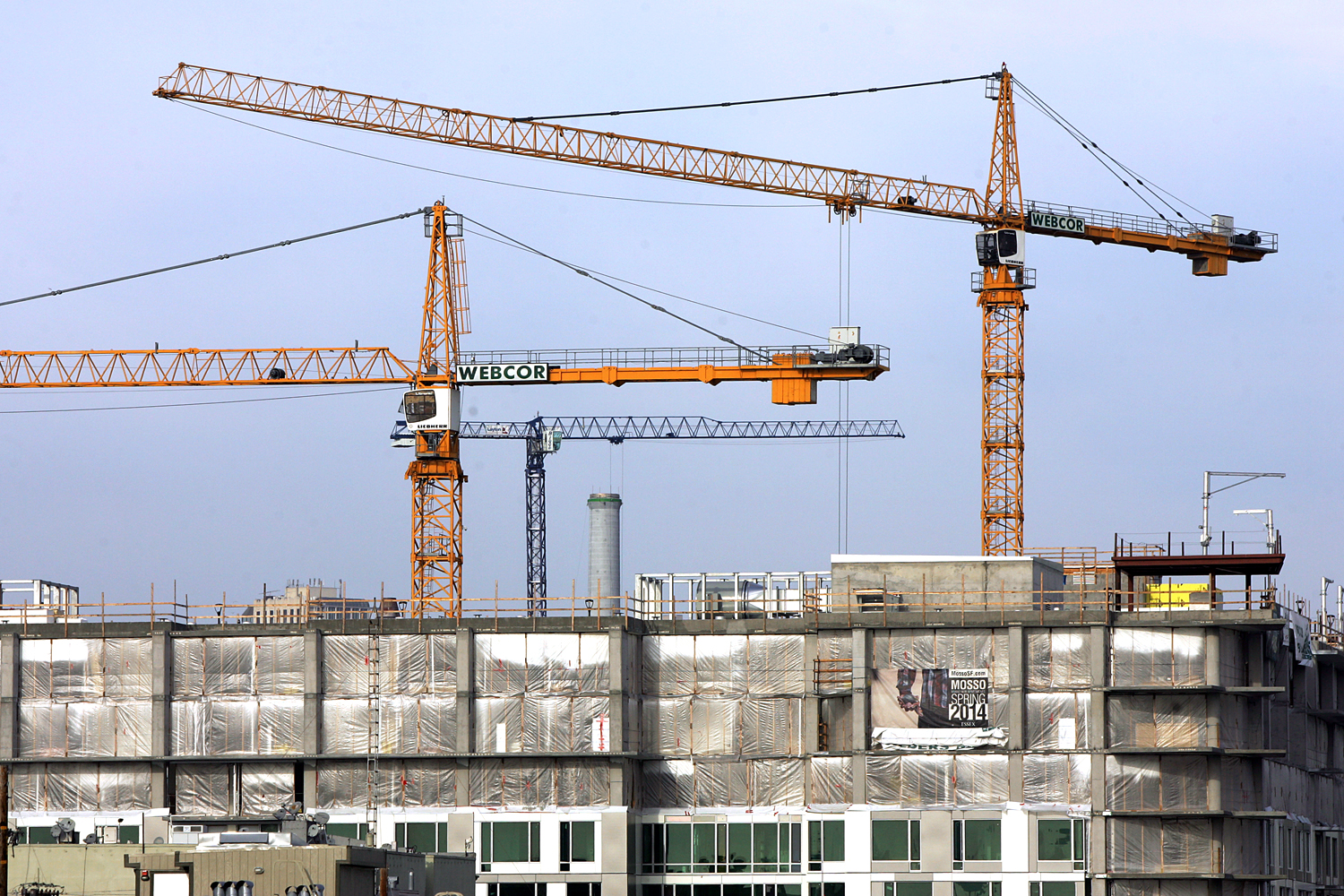EDITORIAL We at the Bay Guardian wholeheartedly support the Stop Mass Incarceration Network and its call for the month of October to be “a month of resistance to mass incarceration, police terror, repression, and the criminalization of a generation.” It’s time to rediscover our humanity, redirect our resources, and invest in this country’s underclass instead of attacking it.
The United States has the highest incarceration rate in the world, 717 per 100,000 citizens last year, or about 2.3 million people behind bars. Put another way, the US has about 5 percent of the world’s population but 25 percent of the world’s prisoners, costing this country over $60 billion a year.
San Francisco has long been a leader in criminal justice reform, pursuing policies based on rehabilitation and redemption instead of the mindless “tough-on-crimes” approach of other jurisdictions. Two of our state legislators, Sen. Mark Leno and Assemblymember Tom Ammiano, have chaired their respective Public Safety Committees and been important statewide leaders on prison reform.
Yet it hasn’t been enough in a state that still has among the world’s highest incarceration rates, and which is still resisting demands by federal judges that we reduce our prison population to address severe overcrowding and its unconstitutionally inadequate health care system.
So we need to join this broad and growing national movement that seeks to drastically reduce our prison population and redirect those resources into social services, education, and other more productive pursuits.
The Stop Mass Incarceration Network began in 2011 with a proclamation by Carl Dix and Cornell West, two important thinkers who have highlighted the disproportionately high arrest and incarceration rates of Latino and African American young men.
“If you don’t want to live in a world where people’s humanity is routinely violated because of the color of their skin, JOIN US. And if you are shocked to hear that this kind of thing happens in this so-called homeland of freedom and democracy — it does happen, all the damned time — you need to JOIN US too — you can’t stand aside and let this injustice be done in your name,” they wrote.
Recently, this movement has been joined by a wide variety of activists from the Bay Area, including Van Jones and Matt Haney, who have co-founded #50Cut, an initiative focused on cutting the US prison population in half in the next 10 years (see “Schools not prisons,” 9/3/14).
While dissident Chinese artist Ai WeiWei laudably uses his new exhibit on Alcatraz Island to focus attention on political prisoners and prisoners of conscience, the injustice of incarceration here in the US is even broader and deeper, affecting entire generations of young people and their families. It must end.

